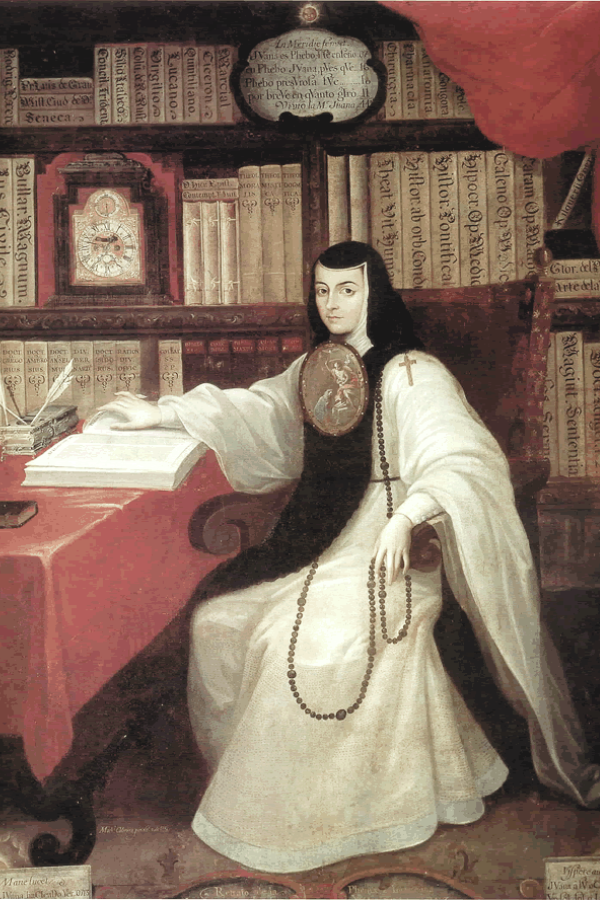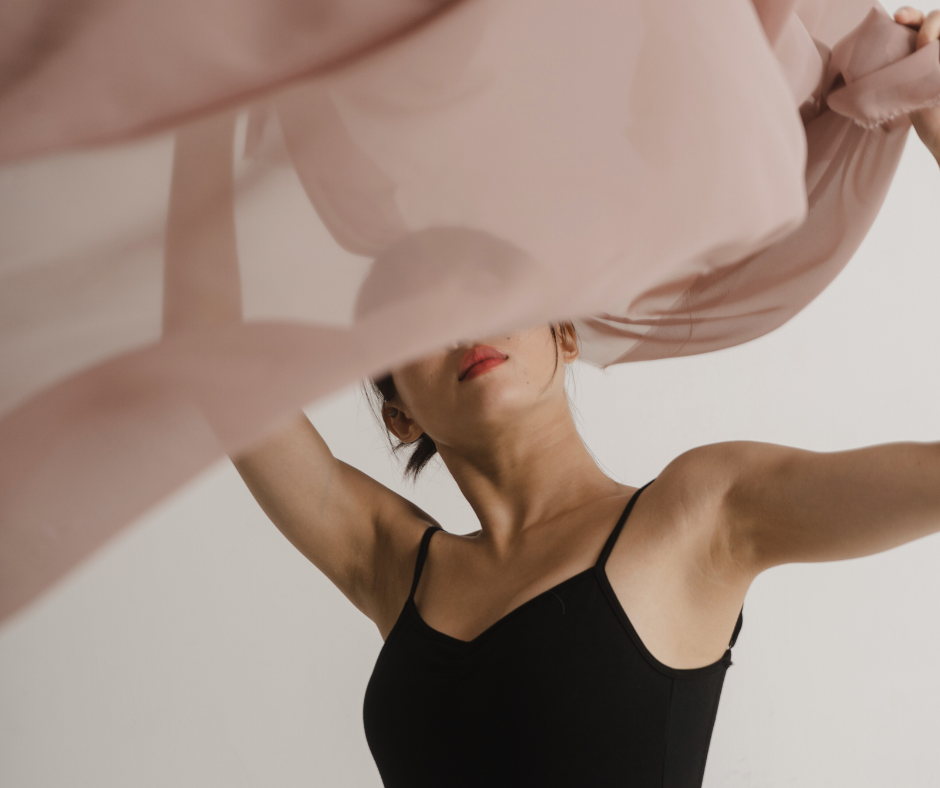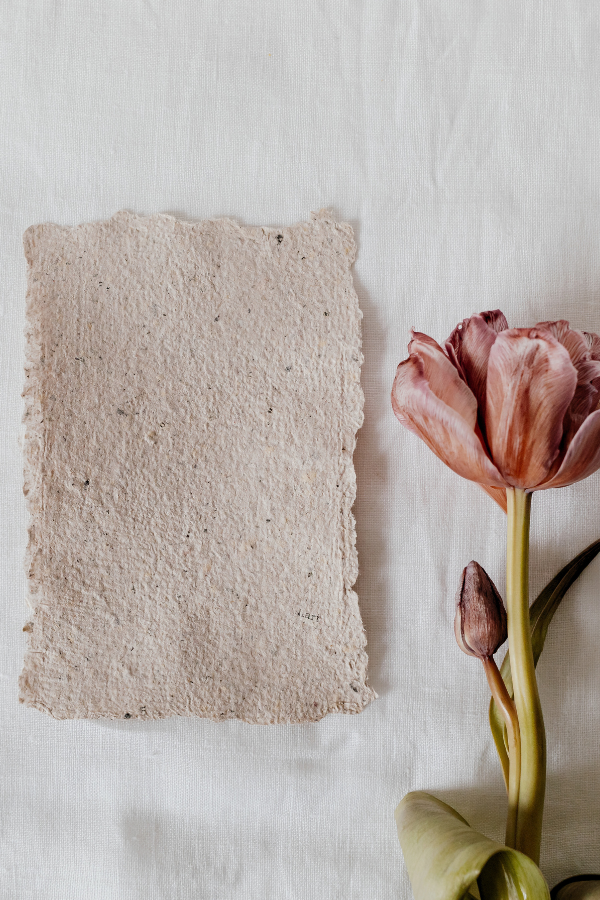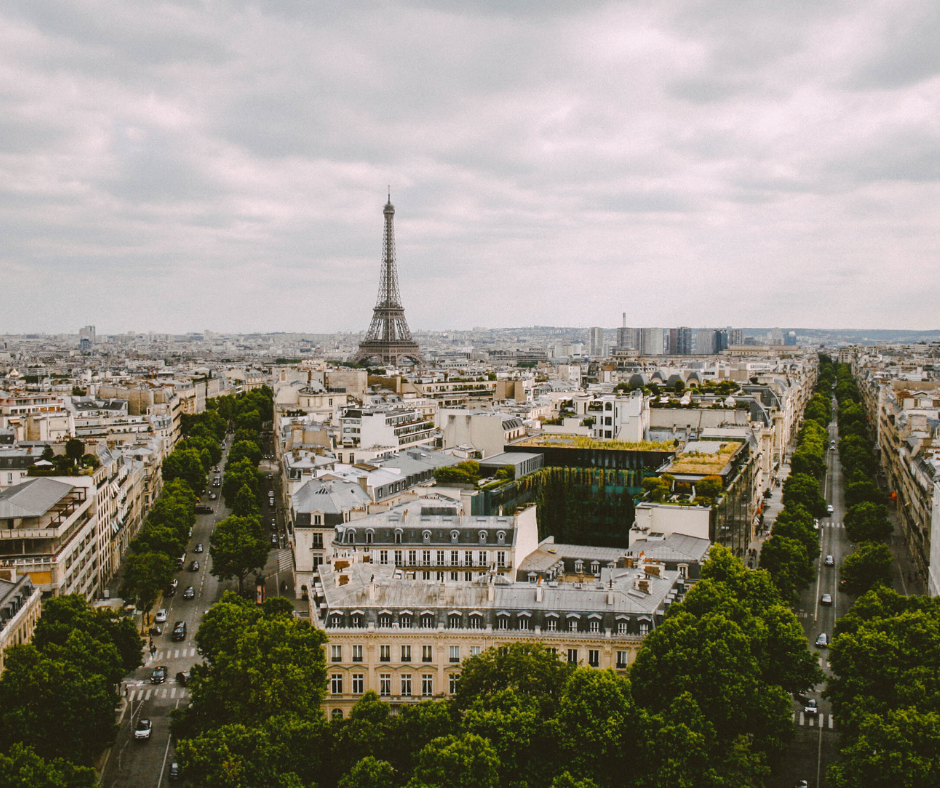
The Pros and Cons of Participating in Group Exhibitions or Joining an Art Collective
Summary
Reflection Questions
Journal Prompt
Group exhibitions and art collectives serve as pivotal platforms for the dissemination and contemplation of artistic works. Shared exhibitions typically involve a number of artists collectively showcasing their works in a single venue, providing a diversified array of artistic expressions to the public. Many icons of modern art have participated in group exhibitions during the formative years of their fine art careers. Others have participated in numerous exhibitions alongside other artists even while established because of the context it provides for their work and shared philosophies. Art collectives, on the other hand, are collaborative entities wherein artists band together to support one another’s creative endeavors, often sharing resources and ideation. For fine artists, the exposure and networking opportunities afforded by these collaborative environments are crucial, fostering professional development and opening channels for dialogue with peers, critics, and patrons. In this article, we examine both the benefits and drawbacks inherent in participating in group exhibitions and joining art collectives, with the intent to offer fine artists a comprehensive understanding of these collaborative experiences within the art community.
The Pros of Participating in a Group Exhibition
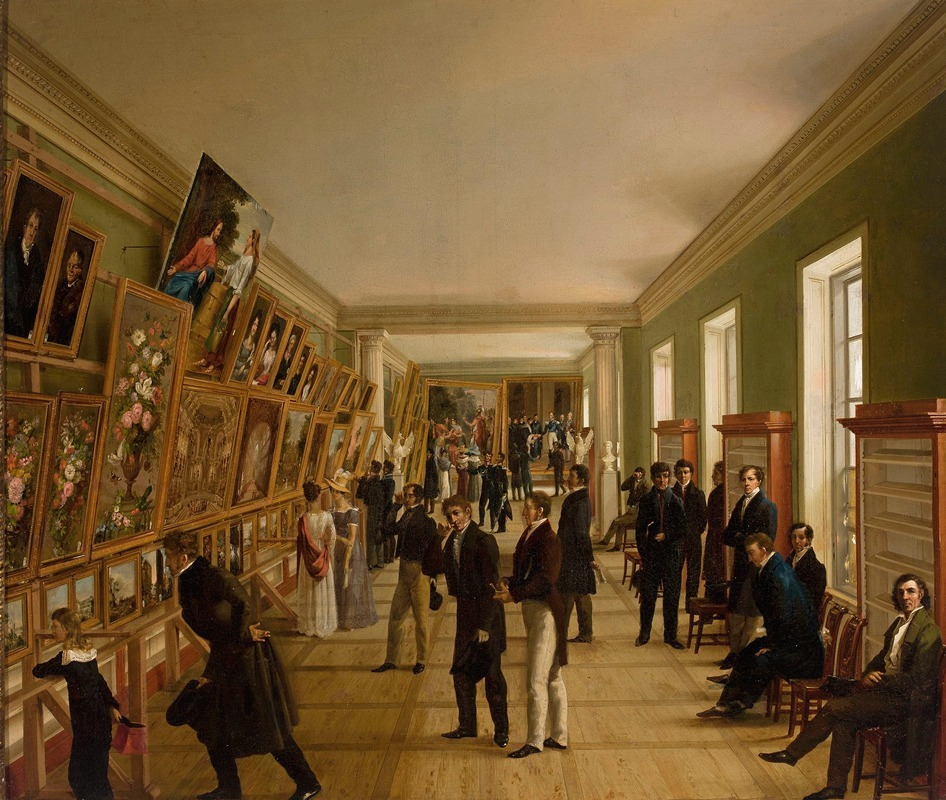
The financial burden associated with solo exhibitions—venue rental, marketing expenses, and installation costs—are collectively assumed in a group exhibition. This shared economic responsibility mitigates individual financial risk and allows artists to allocate their resources more efficiently. By pooling funds, artists can access more prestigious spaces and invest in higher-quality marketing efforts that might otherwise be prohibitive due to cost constraints.
Shared Resources
Moreover, resources extend beyond mere financials; they encompass the logistical and promotional aspects of exhibiting art. Shared spaces not only reduce individual expenditure but also encourage a collaborative environment where artists can benefit from the draw of their collective audiences. Marketing, too, becomes a shared endeavor—collective advertising, from printed materials to digital campaigns, benefits all involved by amplifying the reach of the exhibition to a broader audience.
Shared Workload
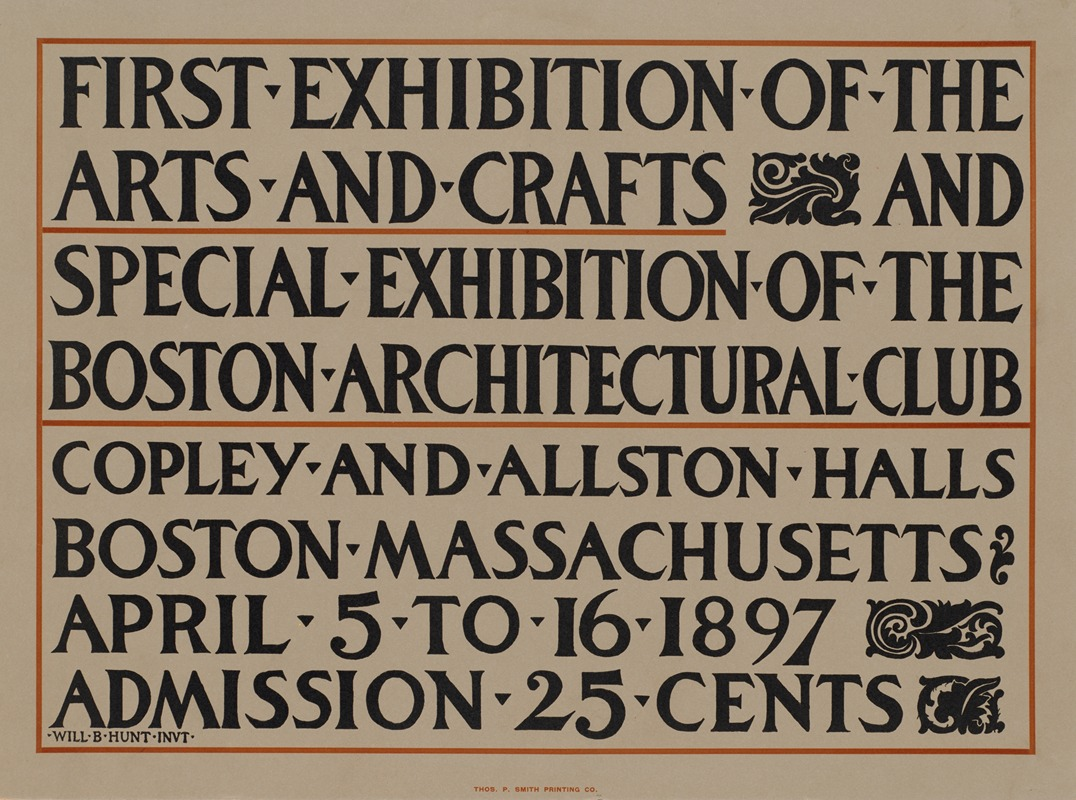
The aggregation of diverse works in a single venue also attracts a wider demographic within the art world, potentially leading to a more significant number of attendees and, subsequently, a higher possibility of art sales and future commissions for the participating artists. Additionally, administrative tasks such as negotiating with venue owners, orchestrating opening events, and managing sales are distributed, which lightens the workload that can often be onerous for solo exhibitors.
Through these shared efforts, artists participating in a group exhibition can achieve a level of exposure and professional presentation that might be unattainable on an individual basis.
Networking Opportunities
Participation in a group exhibition serves as a fertile ground for networking, a fundamental component in the career progression of fine artists. These events routinely convene a plethora of individuals from various facets of the art world—artists, curators, collectors, and critics—thus presenting invaluable opportunities for artists to engage with a network otherwise inaccessible in solitary practice. Interactions within such diverse artistic milieus can catalyze professional relationships, mentorships, and critical engagements that are instrumental in career development.
The potential for future collaborations is another significant aspect of networking within a group exhibition. By engaging with other artists, there is an opportunity to initiate dialogues that can lead to joint ventures, whether in the form of future group shows, collaborative art projects, or other creative partnerships. These interactions can cross-pollinate ideas, infusing fresh perspectives into an artist’s work and opening avenues for innovation. Moreover, establishing connections with art professionals can lead to recommendations, which are often the currency of the art world, providing pathways to gallery representations, exhibition opportunities, and inclusion in private and public collections.
The collaborative environment of a group exhibition often fosters a sense of community, where shared experiences and challenges lead to enduring professional relationships and support systems. Such networks are not merely conduits for opportunities; they are also essential for the exchange of knowledge and skills, peer review, and the social support necessary for sustaining an artistic career. In essence, networking in this context acts as a bridge between individual creation and the broader cultural and commercial art ecosystem.
Increased Visibility and Exposure Across Contemporary Arts
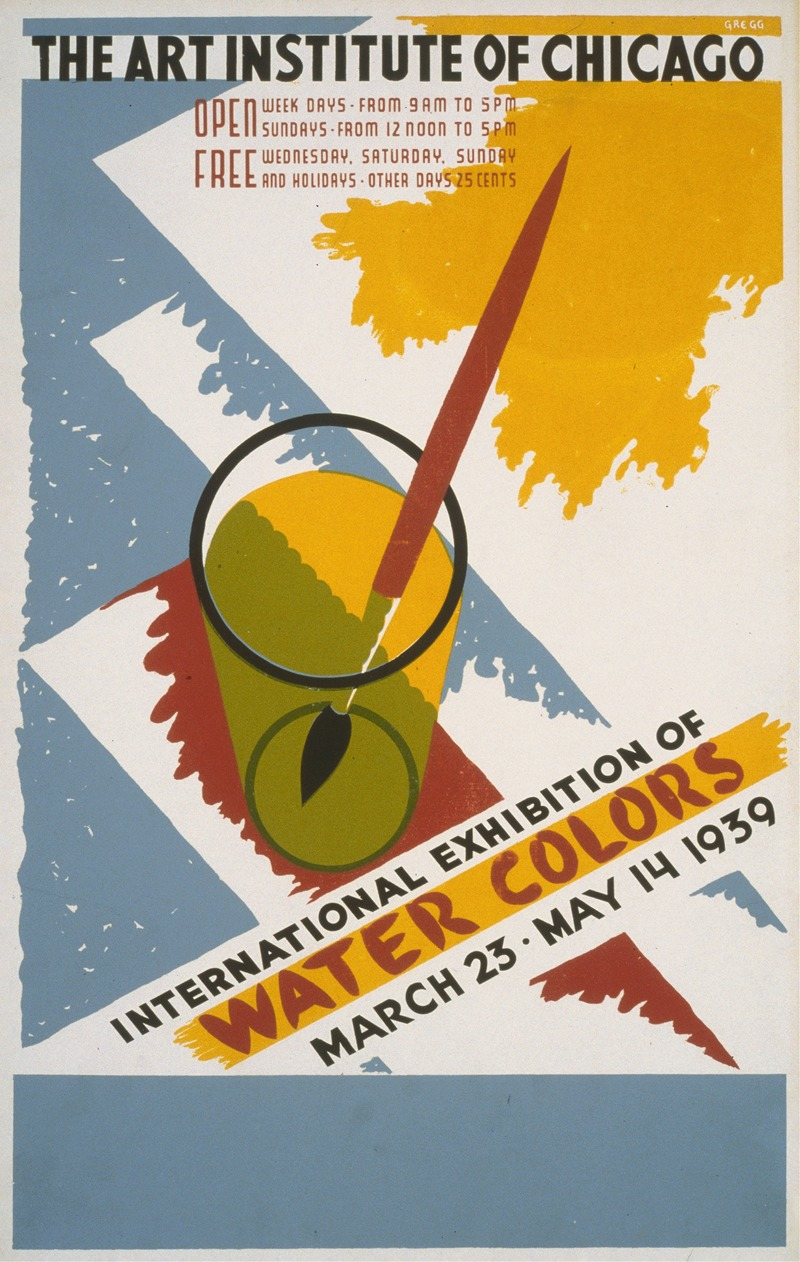
Increased visibility and exposure stand out as salient advantages of participating in a group exhibition. Such exhibitions are particularly adept at drawing broader audiences, transcending the limitations often encountered in solo shows.
The collective showcase of diverse artworks inherently appeals to a wider spectrum of tastes and interests, thereby attracting an eclectic crowd of viewers. This convergence of varied audiences in a single venue amplifies the exposure of individual artists, each benefiting from the foot traffic drawn by their collective peers. The presence of multiple artists can also lead to a compounded promotional effect, as each artist’s personal network is likely to bring in attendees who may then become exposed to the work of other artists present.
Furthermore, a group exhibition is often more appealing to the media and art critics, as it presents an array of talents and styles for coverage, offering a richer narrative than might be found in a solo exhibition. The chance of featuring in art reviews, culture segments, and social media increases in such dynamic settings, where the multiplicity of works can attract journalists seeking a comprehensive snapshot of the contemporary art scene.
Critical reviews, whether in traditional publications or online platforms, can significantly enhance an artist’s reputation and public profile. Additionally, these critiques, often written by esteemed members of the art community, can lend credibility to an artist’s work and help to establish them within the canon of contemporary art discourse.
Such exposure is not only beneficial in the immediate context but also serves as a long-term asset in an artist’s portfolio. The documentation of participation in a group exhibition, particularly those that garner media attention, can elevate an artist’s profile in the eyes of galleries, curators, and potential buyers. In sum, the collective dynamic of group exhibitions provides a critical platform for artists to amplify their visibility within the competitive art market.
Learning and Growth
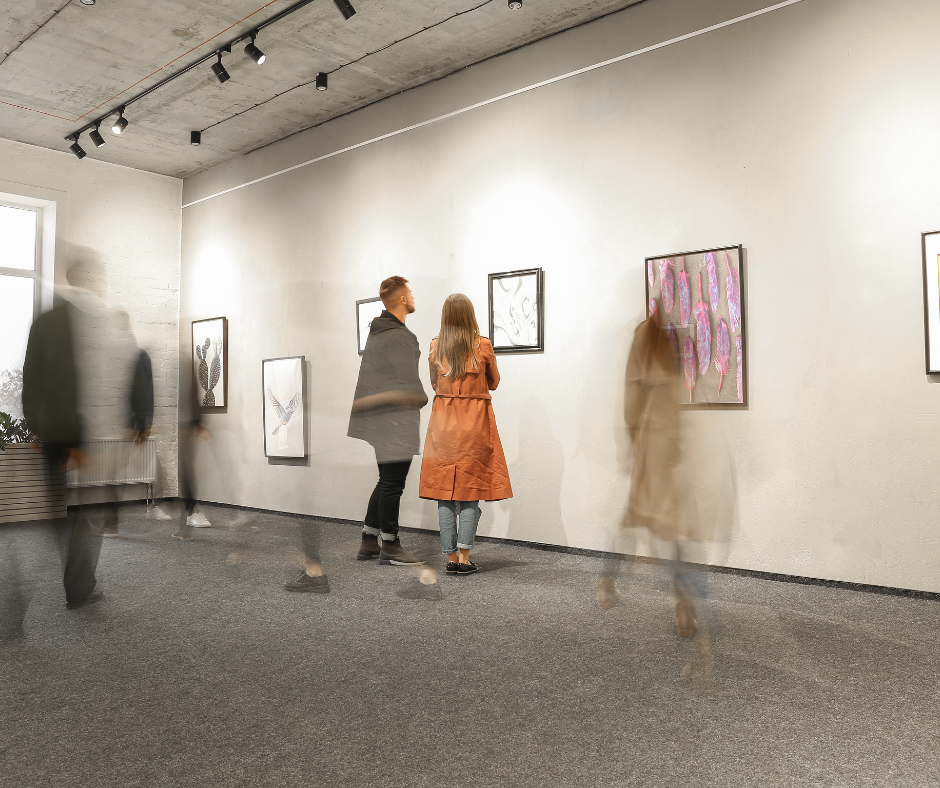
Group exhibitions are not only commercial and networking ventures but also fertile environments for learning and artistic development. Participation in such exhibitions exposes artists to a myriad of styles and techniques, which may differ vastly from their own artistic endeavors. This exposure is instrumental in fostering a professional milieu of continuous learning.
Observing the diversity of expressions and methodologies presented by peers provides a firsthand opportunity to gain insights into a range of creative processes and conceptual approaches. It enables artists to critically assess their own work in the context of contemporary practices and can inspire innovation, prompting them to explore new mediums, techniques, or thematic content.
Moreover, the collaborative nature of a group exhibition in the fine arts facilitates a direct line of feedback from both peers and audience members. This dialogical exchange is critical to the growth of an artist. Constructive criticism from fellow artists, who may offer a more nuanced understanding of technique and composition, can reveal new perspectives and highlight areas for improvement that might not be evident to the artist.
Similarly, audience feedback provides a broader gauge of public reception, affording artists a clearer understanding of how their work communicates with viewers. Such critiques can guide artists in refining their communicative strategies and in some cases, even influence the thematic direction of their future work.
The value of this interactive feedback loop is heightened by the diversity and volume of respondents that a group exhibition might attract. The multitude of viewpoints can present a comprehensive picture of an artist’s work’s resonance, facilitating a reflective practice that is indispensable for artistic maturation.
Consequently, participation in group exhibitions can become a catalyst for both personal and professional growth, as artists learn to navigate a variety of responses to their work within a supportive yet challenging environment. Of course, the art gallery an artist chooses to work with is just as important as the choice to join a group exhibition in the first place.
The Cons of Participating in a Group Exhibition
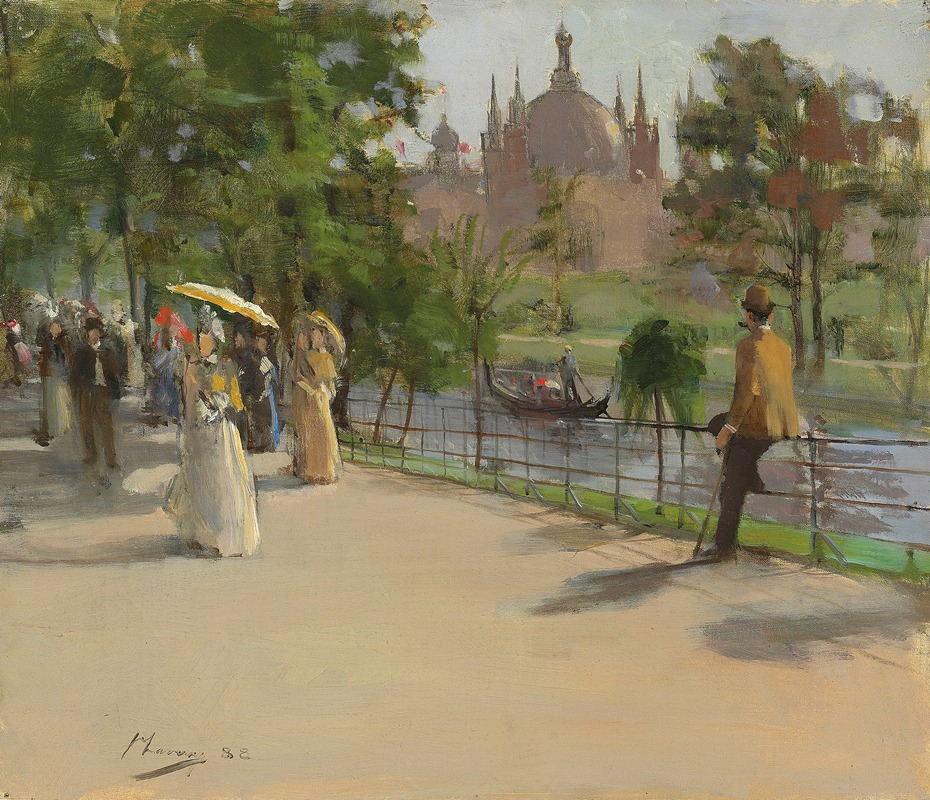
While participating in a group exhibition could offer numerous benefits, there are inherent drawbacks to consider, the most significant of which is the potential for less individual attention. In a collective showcase, an artist’s work is one of many, and there exists a palpable risk of being overshadowed by other participants.
Particularly when works of high acclaim or notoriety are present, they may command the lion’s share of the audience’s focus, relegating less prominent works to the periphery of the viewer’s experience. This can lead to diminished recognition for some artists, a factor that can be especially discouraging for emerging talents seeking to establish a foothold in the art community.
Risk of Being Overshadowed
Moreover, the physical constraints of space within a group exhibition often mean that individual works receive less prominence than they would in a solo show. With numerous artists vying for limited wall space, floor area, and curatorial attention, each piece may not be displayed to its best advantage or with enough surrounding space to allow for an optimal viewing experience.
This can affect the way an artwork is perceived and engaged with by viewers. The curatorial narrative of a group exhibition can also sometimes require that individual pieces conform to a broader thematic vision, which may lead to an artist’s work being placed in a context that does not fully align with their intended message or aesthetic sensibilities.
Limited Space and Focus
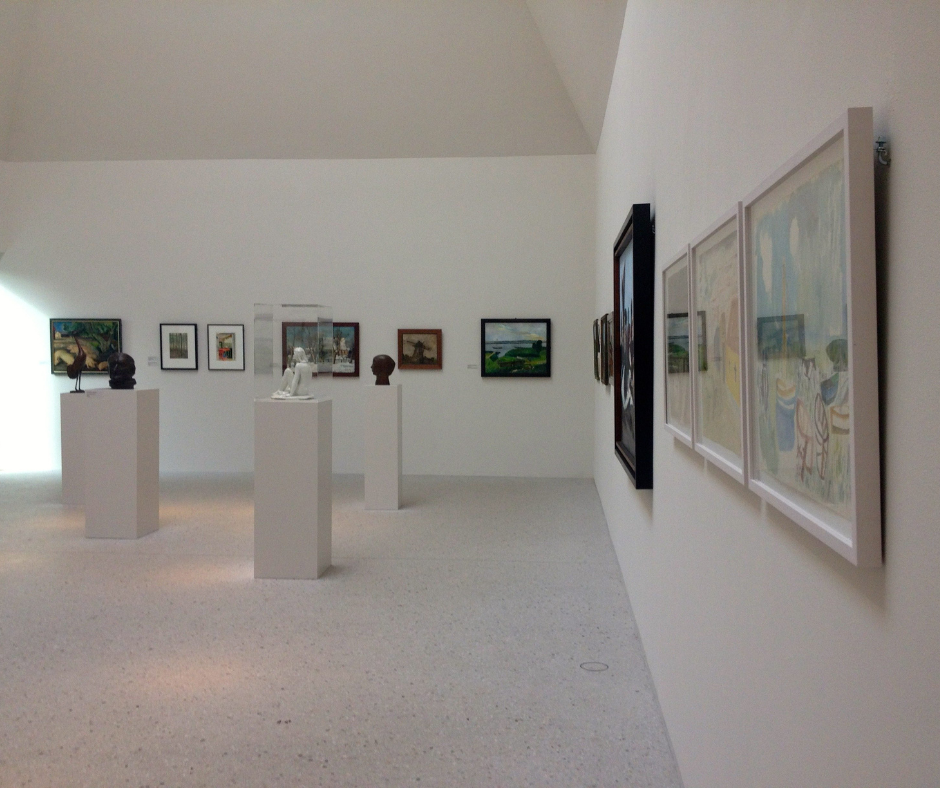
In such environments, the collective impact can take precedence over individual expression, diluting the potency of an artist’s singular voice. This juxtaposition can make it challenging for artists to forge a distinctive identity in the minds of viewers and collectors, a crucial aspect of building an artist’s brand and marketability. Therefore, the potential for reduced individual attention in group exhibitions is a significant consideration for artists as they navigate their exhibition strategies.
Potential for Creative Clashes
These exhibitions inherently bring together disparate artistic voices, each with unique perspectives and conceptual frameworks. This melange, while often a source of rich diversity, also carries the potential for creative clashes. Artistic differences can surface in the form of disagreements over thematic interpretations, the use of shared spaces, or the juxtaposition of artworks.
When artists have strong, divergent visions, the potential for conflict escalates, which can manifest in debates over the direction of the exhibition or the prominence given to certain works. Such disagreements can not only strain the collaborative effort but may also impact the cohesion of the final display, affecting the experience of the viewer.
The curation of a group exhibition is a complex endeavor that seeks to create a harmonious dialogue between distinct pieces. Achieving a cohesive show from the amalgamation of various artists’ works is a significant challenge.
Curators must navigate the delicate balance between honoring the individuality of each artist’s creation and crafting a unified narrative that resonates with an audience. This task involves intricate decision-making regarding the placement and pairing of artworks, thematic grouping, and the flow of the exhibition.
Financial and Emotional Investment
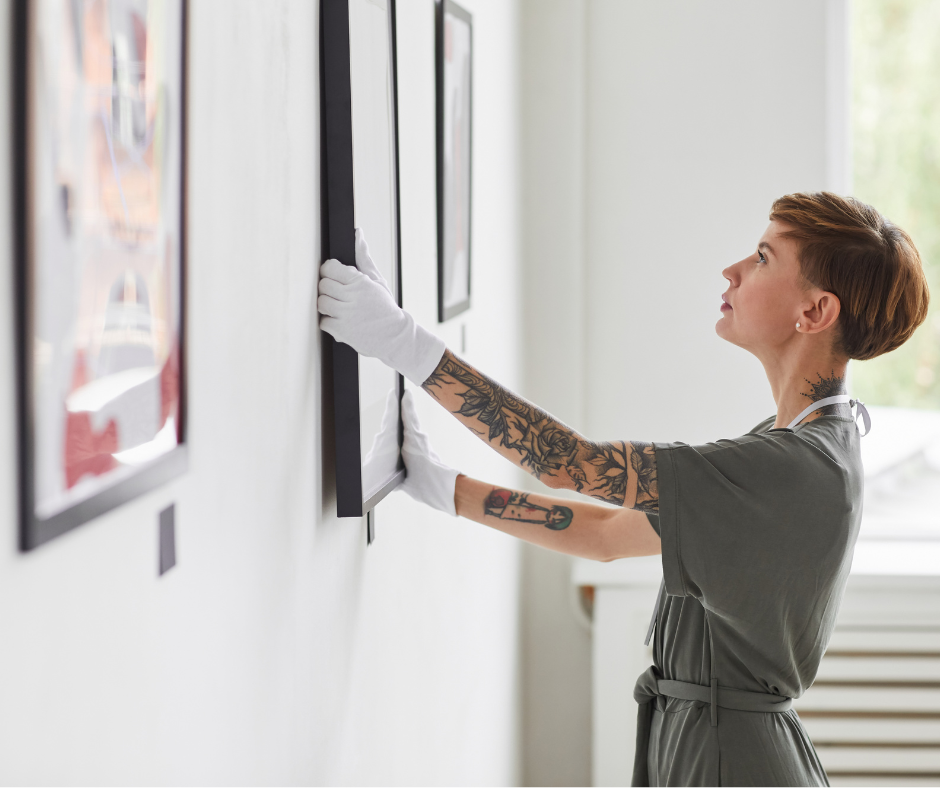
Participation in these exhibitions entails a significant financial and emotional investment from artists, aspects that are sometimes overshadowed by the focus on the potential benefits of exposure and networking. Financially, while some costs are mitigated by the shared nature of shared exhibitions, artists still face considerable expenditures.
The production of artwork often requires a hefty outlay for materials and labor, and this investment is amplified when considering the transportation of artwork to the exhibition venue. Whether local or international, the logistics involved in safely transporting pieces—especially large-scale works or those involving sensitive materials—can accrue substantial costs. These expenses can place a strain on artists, particularly those who are emerging or not yet financially established in the art market.
Emotionally, shared exhibitions can impose a significant toll. The competitive environment of the art world can heighten feelings of comparison among peers, where one’s success is often viewed relative to another’s. For artists, whose work is an intimate expression of their creative self, this can be particularly challenging.
The sense of competition, whether overt or implicit, can exacerbate insecurities and self-doubt, especially in the face of subjective judgments about art. Additionally, the reception of an artist’s work by the audience and critics can be a source of stress. Positive feedback can be affirming, but negative or even indifferent responses can be disheartening, impacting the artist’s confidence and motivation.
The inherent comparison of one’s work to others in a group setting can also lead to an emotional dichotomy—where the joy of being part of a collective exhibition is countered by the vulnerability of exposing one’s art to public scrutiny alongside other artists. This emotional investment—navigating the highs of shared enthusiasm and the lows of critical evaluation—requires resilience.
Artists must often balance their emotional commitment to their craft with the pragmatic aspects of participating in the art world. This balance is crucial to not only endure the vicissitudes of shared exhibitions but to use them as a catalyst for growth and development within their professional practice.
The Pros of Joining an Art Collective
Supportive Community
The architecture of an art collective is fundamentally designed to foster a supportive community for artists. Within this environment, emotional and professional support is readily exchanged among members, creating a network of solidarity that can prove invaluable in the often-isolated realm of artistic creation.
Fellow artists within a collective offer a reservoir of understanding and shared experience. They can provide critique, share in the joys of individual achievements, and offer consolation during setbacks, all of which contribute to the emotional well-being of its members.
A sense of belonging and shared purpose further solidifies the foundation of an art collective. The communal aims of the group, be they conceptual, aesthetic, or political, forge a strong collective identity.
This camaraderie emboldens individual members and often leads to a more daring and rigorous exploration of artistic practices. The shared goals and aspirations of the collective serve not only as a powerful motivator but also as a pivotal framework within which artists operate, reinforcing their personal commitment to their art and to the collective ethos.
Collective Resources and Opportunities
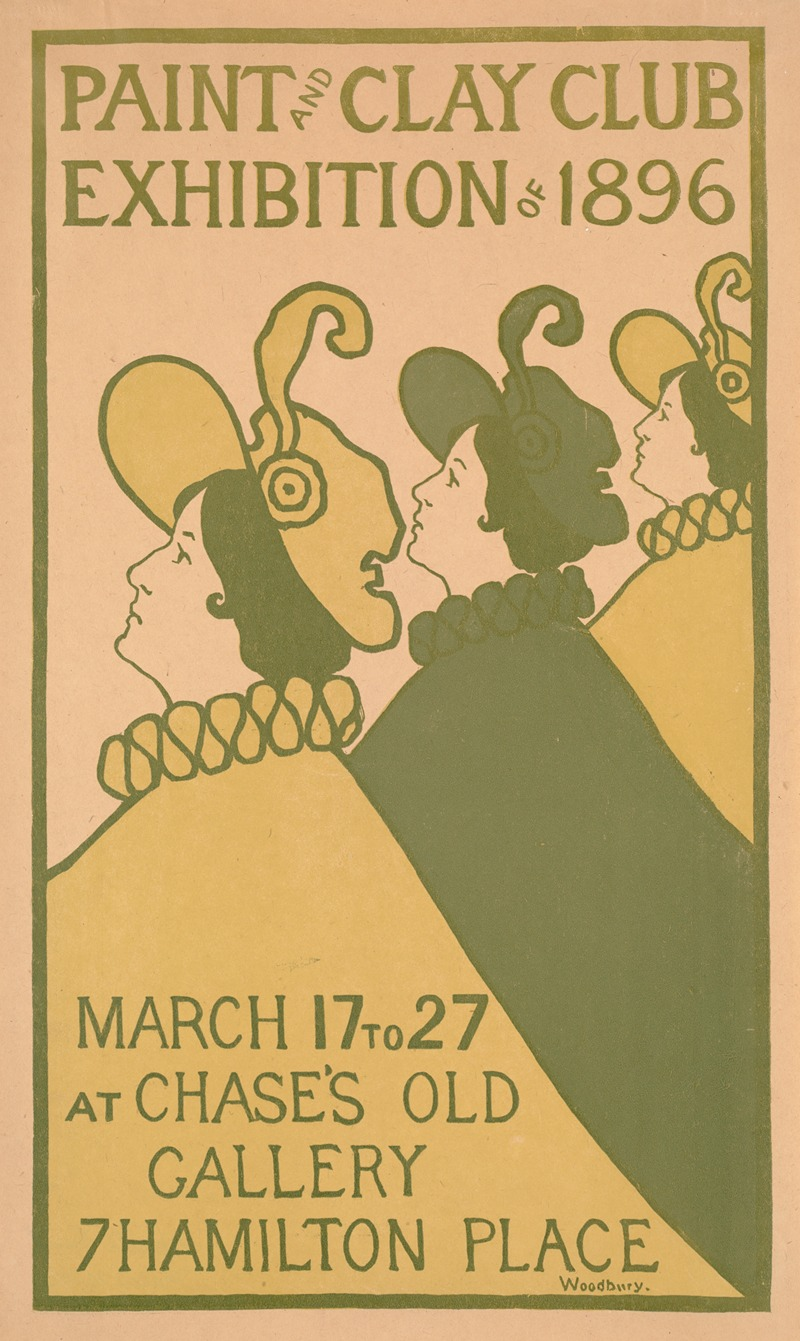
Membership in an art collective commonly provides access to shared resources that might otherwise be unattainable for individual artists. These resources can include studio spaces conducive to the production of art, specialized equipment that can expand the scope and scale of artistic projects, and access to exhibition spaces. Such resources are not only practical necessities but also serve to elevate the quality and ambition of an artist’s work.
Furthermore, art collectives can pool resources to access funding opportunities and grants more readily than individual artists. The collective’s consolidated effort can lead to the acquisition of group funding, which can support collaborative projects, individual works, or the collective’s operational costs. The act of applying for grants as a collective can also provide a competitive edge, as many funding bodies look favorably upon initiatives that demonstrate community engagement and collective impact.
Collective Branding and Marketing
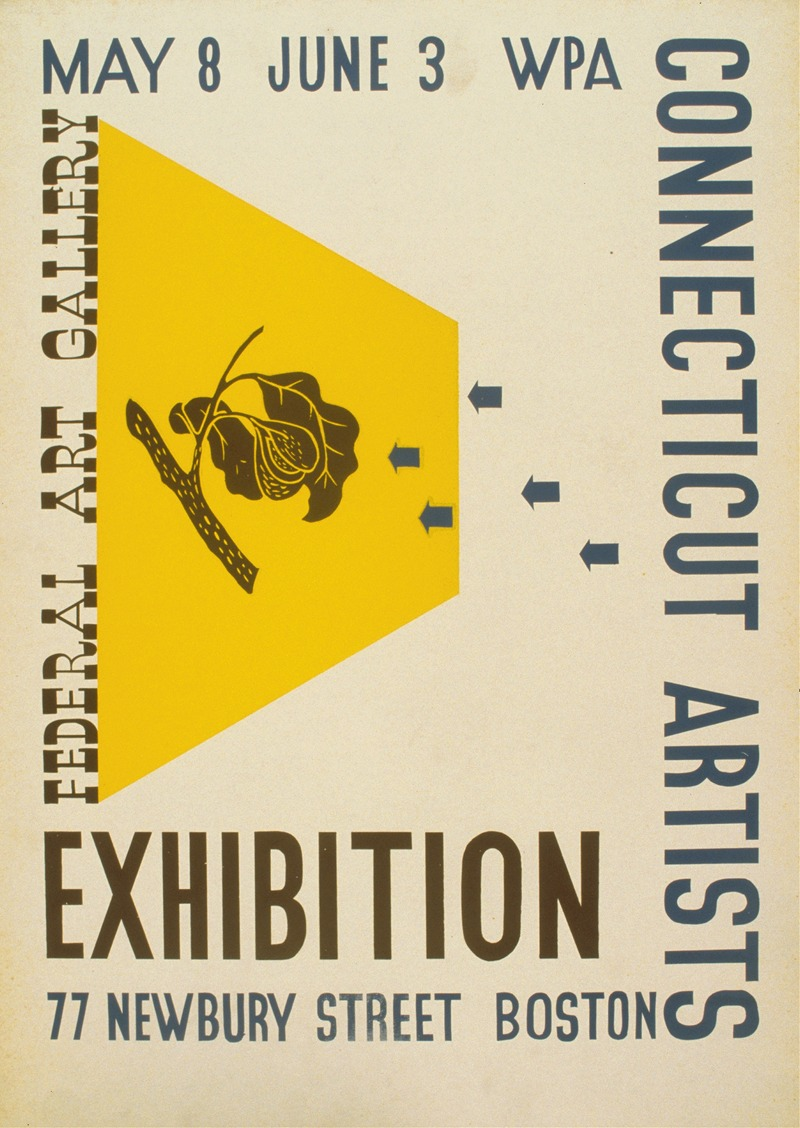
An art collective can act as a potent entity for branding and marketing, leveraging the power of a group to amplify its presence in the art world. The collective’s brand can provide a platform for its members, presenting strength in numbers that can be influential in promotional activities. This collective force can generate significant attention during exhibitions, openings, and public events, drawing larger audiences than individual artists might on their own.
The credibility of an individual artist can also be enhanced through association with a reputable collective. Being part of a collective that is recognized for quality, innovation, or a distinctive artistic vision can serve as a seal of quality for its members. This perceived increase in credibility can open doors to gallery exhibitions, press coverage, and opportunities within the wider art market, as each member benefits from the collective’s esteemed reputation.
Potential Cons of Joining an Art Collective
Compromise and Conformity
Joining an art collective often necessitates a degree of compromise. Individual artists may find themselves needing to align with the collective’s overarching aesthetic or set of values, which may not always coincide with their personal vision or practice. This alignment can be seen as a form of conformity, wherein artists may feel pressured to modify or dilute their individual creative impulses to fit within the collective’s brand or thematic boundaries.
Additionally, the collective’s ethos or current project themes may impose restrictions on the member’s individual creativity and expression. The artist might encounter limitations when their work diverges from the group’s established norms or goals. These constraints can lead to frustration, particularly for artists whose practice is deeply personal or idiosyncratic, and can sometimes result in the stifling of individual innovation and growth.
Financial and Administrative Responsibilities
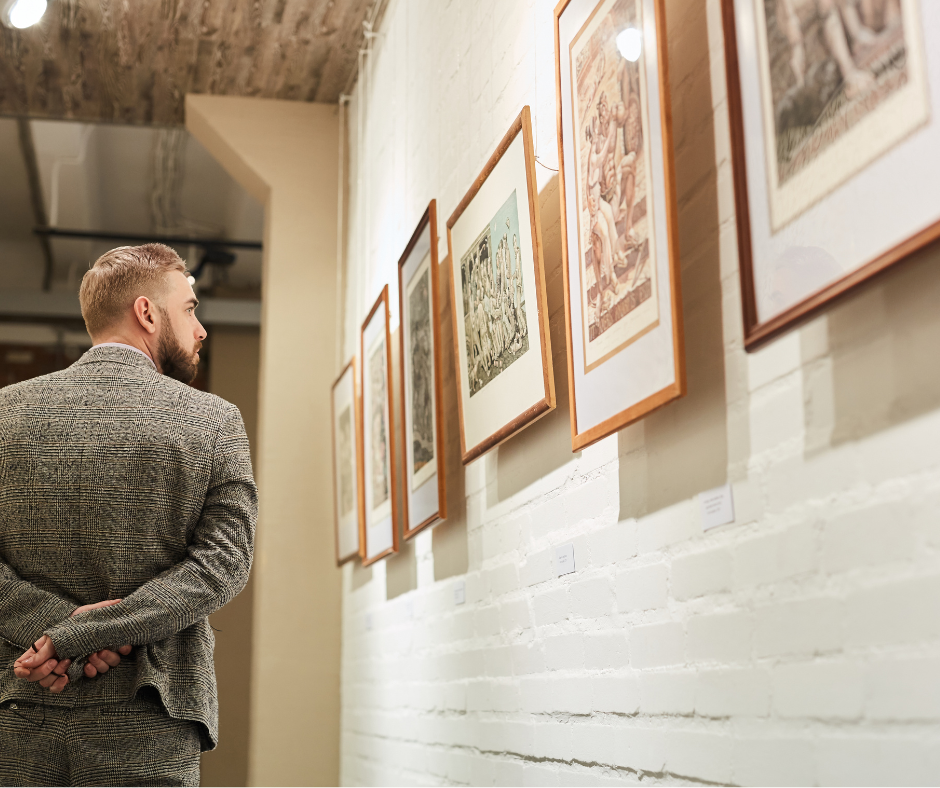
Financial responsibilities in an art collective are shared, which can be both a boon and a burden. While collective funding can support projects that would be challenging to finance individually, it also means that each member may be liable for shared costs. These could include rent for studio space, materials for collective projects, or expenses related to exhibitions. Such financial commitments require individual members to contribute regularly, which can be a strain, especially for those with limited resources.
The administrative aspect of being part of an art collective is also a significant consideration. Time and effort must be invested in collective decision-making, organization of shows, maintenance of shared spaces, and the myriad details of managing group activities. This administrative workload can be considerable, diverting time away from the individual’s own artistic production and potentially leading to burnout or frustration.
Complex Interpersonal Dynamics
The success of an art collective is deeply intertwined with the interpersonal dynamics of its members. Navigating differing personalities, managing conflicts, and maintaining a productive working relationship require a high degree of emotional intelligence and diplomacy. Disagreements may arise, and if not handled adeptly, can escalate into conflicts that disrupt the collective’s harmony and productivity.
Issues of equality and hierarchy can also emerge within an art collective. While ideally, every member should have an equal voice, the reality can be different. In some cases, certain members may assume more control or influence, whether due to a stronger personality, longer tenure, or greater recognition in the art world. This imbalance can create tension and resentment, undermining the collective’s cohesion and potentially leading to splintering or the departure of members.
Balancing Personal Goals with Collective Endeavors
Assessing Personal and Career Goals in Relation to Group Activities
The decision to join an art collective should be preceded by a thorough assessment of how group activities align with personal and career objectives. Artists must critically evaluate whether participation in a collective will facilitate the trajectory they envision for their work and professional development.
This assessment involves considering the nature of the collective’s projects, the opportunities for exhibition and exposure, the potential for collaborative ventures that may expand one’s artistic practice, and the degree to which the collective’s reputation could bolster one’s standing in the art community. The artist’s commitment to a collective must be balanced against their individual goals, ensuring that collective endeavors do not detract from or compromise personal artistic milestones.
Setting Boundaries and Maintaining Individual Identity
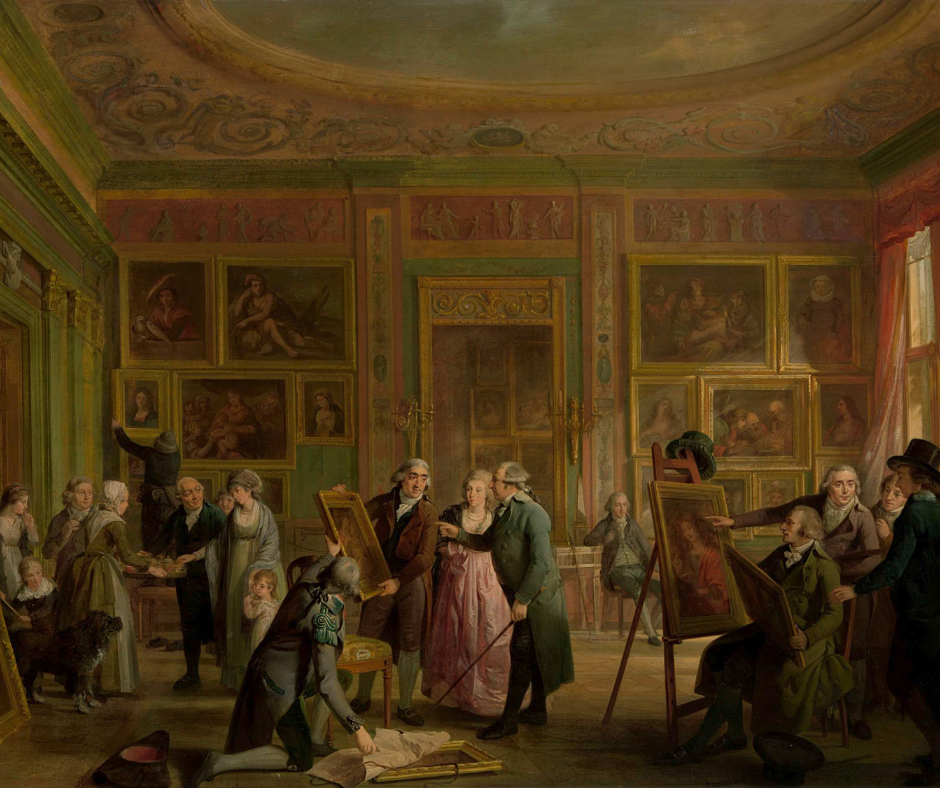
An essential aspect of navigating membership within an art collective is setting clear boundaries that allow for the maintenance of one’s individual identity. This delineation ensures that while contributing to collective efforts, the artist does not lose sight of their unique voice and vision.
It involves clear communication about the level of involvement in collective projects, the allocation of time between personal work and group commitments, and the extent to which one’s art practice will integrate or remain distinct from the collective’s output. By establishing these boundaries, artists safeguard their creative autonomy and ensure that their individuality continues to flourish within the context of the collective.
The Importance of Selecting the Right Group Exhibition or Collective
The importance of choosing a collective that resonates with an artist’s values and artistic vision cannot be overstated. The synergy between an artist’s work and the collective’s ethos is fundamental to a fruitful and fulfilling collaboration. It is imperative that the collective’s objectives, working methods, and interpersonal culture are conducive to the artist’s growth and well-being.
Potential members should conduct due diligence, engaging in conversations with current members, and attending collective events to gauge the group’s dynamics. This selection process is critical, as the right collective can provide a nurturing environment that complements and amplifies the artist’s endeavors, while a misaligned collective can be counterproductive to an artist’s goals and creative process.
Final Thoughts on the Value of Engaging in a Group Exhibition and Joining Collectives for Fine Artists
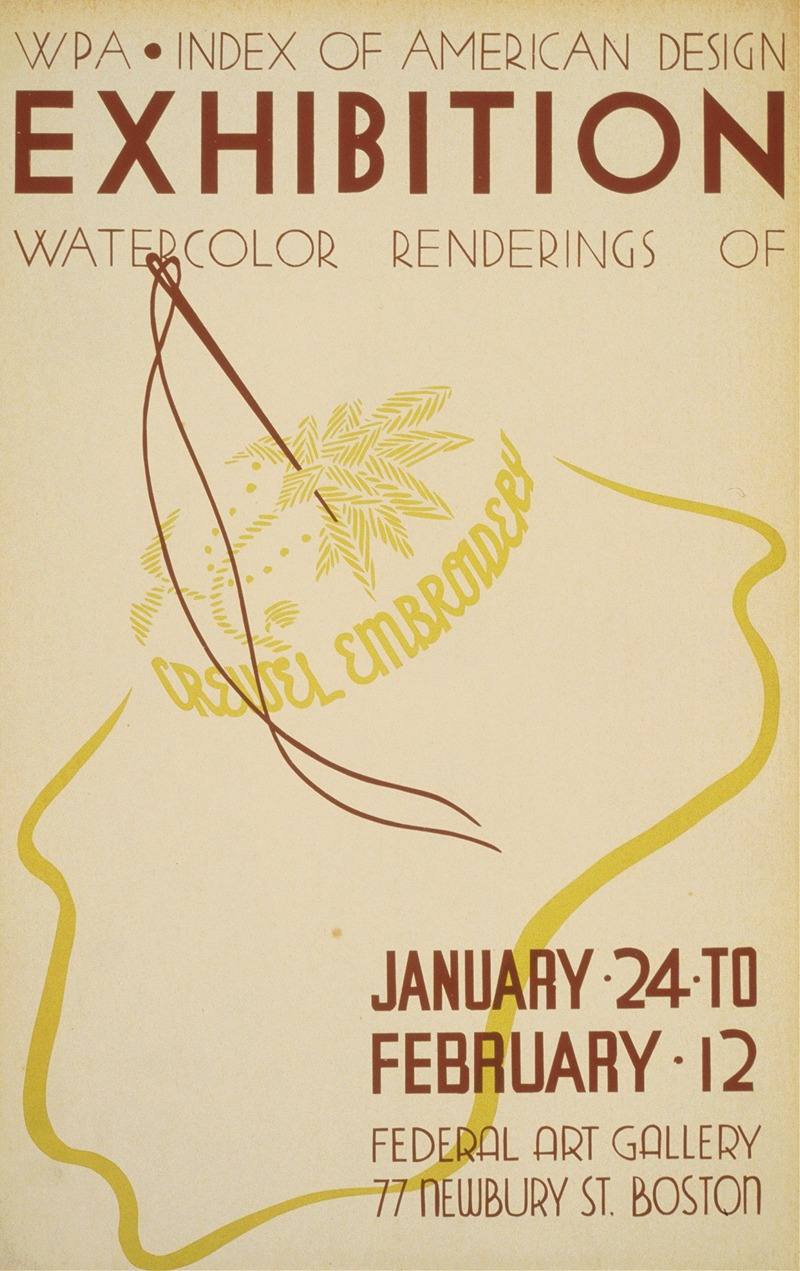
A group exhibition offers shared costs, networking opportunities, increased visibility, and avenues for learning and growth, yet it may also come with the risks of less individual attention, creative clashes, and significant financial and emotional investments. Similarly, art collectives can provide a supportive community, collective resources, and a stronger marketing presence, but they may require compromises in creative expression, as well as entail administrative responsibilities and complex interpersonal dynamics.
The value of participating in a group exhibition and joining art collectives is contingent upon individual artists’ goals and circumstances. These platforms can be instrumental in broadening an artist’s network, elevating their profile, and enriching their practice through collaboration. Yet, the benefits must be weighed against the potential for artistic dilution and the personal costs involved. Each artist must evaluate how these opportunities align with their personal aspirations and the trajectory of their career in fine arts.
Artists are urged to consider their options with diligence and introspection. A careful appraisal of the potential impact on their work, identity, and professional goals is crucial. The decision to engage in a group exhibition or join a collective should be informed by a strategic assessment of the long-term benefits and possible detriments, ensuring that any commitment made advances the artist’s practice and aligns with their core values.
Share Your Experiences and Tips in the Comments Below
Artists should actively explore both local and online opportunities. Local collectives and exhibitions can offer tangible support and community involvement, while online platforms can expand an artist’s reach and network beyond geographical limitations. Investigating these avenues can open up new possibilities for collaboration and exposure.
Readers with experience in group exhibitions or art collectives are encouraged to share their insights and strategies. The collective wisdom gleaned from personal stories can provide valuable guidance for those navigating these decisions. Sharing such knowledge can help build a resourceful community that benefits all levels of fine artists.



